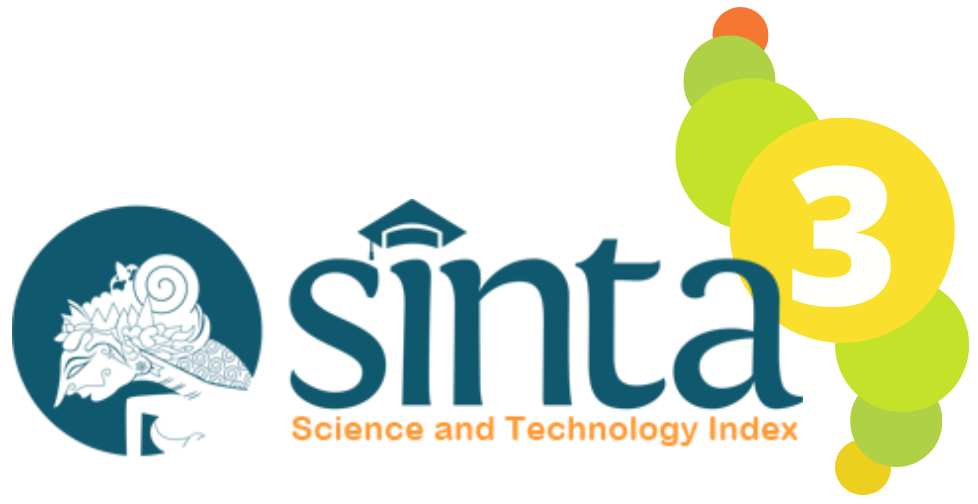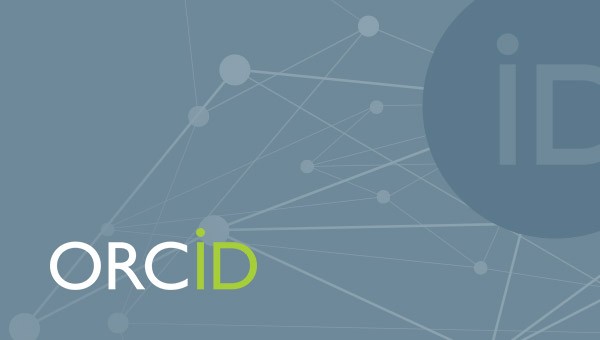Development of Problem-Based Student Worksheets to Improve Students’ Numeracy Skills in Managing Household Electricity Usage
DOI:
10.29303/jpft.v11i1a.9763Published:
2024-09-30Issue:
Vol. 11 No. 1a (2025): Special IssueKeywords:
ADDIE, Minimum Competency Assessment, numeracy, problem-based Student Worksheets, electrical energyArticles
Downloads
How to Cite
Downloads
Metrics
Abstract
Recent changes in Indonesia’s education policy, particularly the removal of the National Examination and its replacement with the National Assessment, aim to improve the quality of learning. One of the key components of the National Assessment is the Minimum Competency Assessment (AKM), which evaluates students’ literacy and numeracy skills. However, results from the Programme for International Student Assessment (PISA) indicate that Indonesian students’ numeracy skills are still relatively low, including those at SMA Negeri 1 Bantarsari, where no significant improvement has been observed over the past two years. This study aims to develop a problem-based Student Worksheet (LKPD) designed to enhance students’ numeracy skills in managing household electricity consumption. The research employed a Research and Development approach using the ADDIE model, which includes the stages of Analysis, Design, Development, Implementation, and Evaluation. The participants were 12th-grade students at SMA Negeri 1 Bantarsari. The LKPD was validated by content and media experts, and its feasibility was assessed by both teachers and students. The results show that the LKPD received a validity score of 80 percent, indicating that it is highly suitable for use without the need for major revisions. Additionally, positive feedback from teachers and students suggests that the LKPD is effective for problem-based learning and can support the development of students’ numeracy skills. Therefore, the problem-based Student Worksheets is expected to serve as an innovative learning resource that enhances the quality of physics instruction and strengthens students’ numeracy literacy
References
Goos, M., Dole, S., & Geiger, V. (2011). Improving numeracy education in rural schools: a professional development approach. Mathematics Education Research Journal, 23(2), 129–148. https://doi.org/10.1007/s13394-011-0008-1
Kemdikbud. (2017). Materi Pendukung Literasi Numerasi “Gerakan Literasi Nasional.” In Jakarta (Vol. 8, Issue 9). https://repositori.kemdikbud.go.id/11628/1/materi-pendukung-literasi-numerasi-rev.pdf
Maryati, I. (2018). Penerapan Model Pembelajaran Berbasis Masalah pada Materi Pola Bilangan di Kelas VII Sekolah Menengah Pertama. Mosharafa: Jurnal Pendidikan Matematika, 7(1), 63–74. https://doi.org/10.31980/MOSHARAFA.V7I1.475
Maryuliana, M., Subroto, I. M. I., & Haviana, S. F. C. (2016). Sistem informasi angket pengukuran skala kebutuhan materi pembelajaran tambahan sebagai pendukung pengambilan keputusan di sekolah menengah atas menggunakan skala likert. TRANSISTOR Elektro Dan Informatika, 1(1), 1–12.
Miftah, R. N., & Setyaningsih, R. (2022). Pengembangan LKPD Berbasis Asesmen Kompetensi Minimum (AKM) Pada Materi Geometri Untuk Meningkatkan Kemampuan Literasi Numerasi. AKSIOMA: Jurnal Program Studi Pendidikan Matematika, 11(3), 2199–2208. https://doi.org/10.24127/AJPM.V11I3.5780
Sari, B. K. (2017). Desain Pembelajaran Model ADDIE dan Implementasinya dengan Teknik Jigsaw. http://eprints.umsida.ac.id/332/
Umbaryati, U. (2016). Pentingnya LKPD pada Pendekatan Scientific Pembelajaran Matematika. PRISMA, Prosiding Seminar Nasional Matematika IX, 1(1), 217–225. https://journal.unnes.ac.id/sju/prisma/article/view/21473
Yuanita, Y., & Kurnia, F. (2019). Analisis STEM (Science, Technology, Engenering And Mathematicss) Materi Kelistrikan pada Buku Tematik Tema 3 Kelas 6 Sekolah Dasar. Prosiding Simposium Nasional Multidisiplin (SinaMu), 1(0). https://doi.org/10.31000/SINAMU.V1I0.2174
Author Biographies
Tri Nurjannah, Universitas Ahmad Dahlan
Master of Physics Education Study Program
Ishafit Ishafit, Universitas Ahmad Dahlan
Master of Physics Education Study Program
License
Copyright (c) 2025 Tri Nurjannah, Ishafit Ishafit

This work is licensed under a Creative Commons Attribution-ShareAlike 4.0 International License.
Authors who publish with Jurnal Pendidikan Fisika dan Teknologi (JPFT) agree to the following terms:
- Authors retain copyright and grant the journal right of first publication with the work simultaneously licensed under a Creative Commons Attribution License 4.0 International License (CC-BY-SA License). This license allows authors to use all articles, data sets, graphics, and appendices in data mining applications, search engines, web sites, blogs, and other platforms by providing an appropriate reference. The journal allows the author(s) to hold the copyright without restrictions and will retain publishing rights without restrictions.
- Authors are able to enter into separate, additional contractual arrangements for the non-exclusive distribution of the journal's published version of the work (e.g., post it to an institutional repository or publish it in a book), with an acknowledgement of its initial publication in Jurnal Pendidikan Fisika dan Teknologi (JPFT).
- Authors are permitted and encouraged to post their work online (e.g., in institutional repositories or on their website) prior to and during the submission process, as it can lead to productive exchanges, as well as earlier and greater citation of published work (See The Effect of Open Access).










